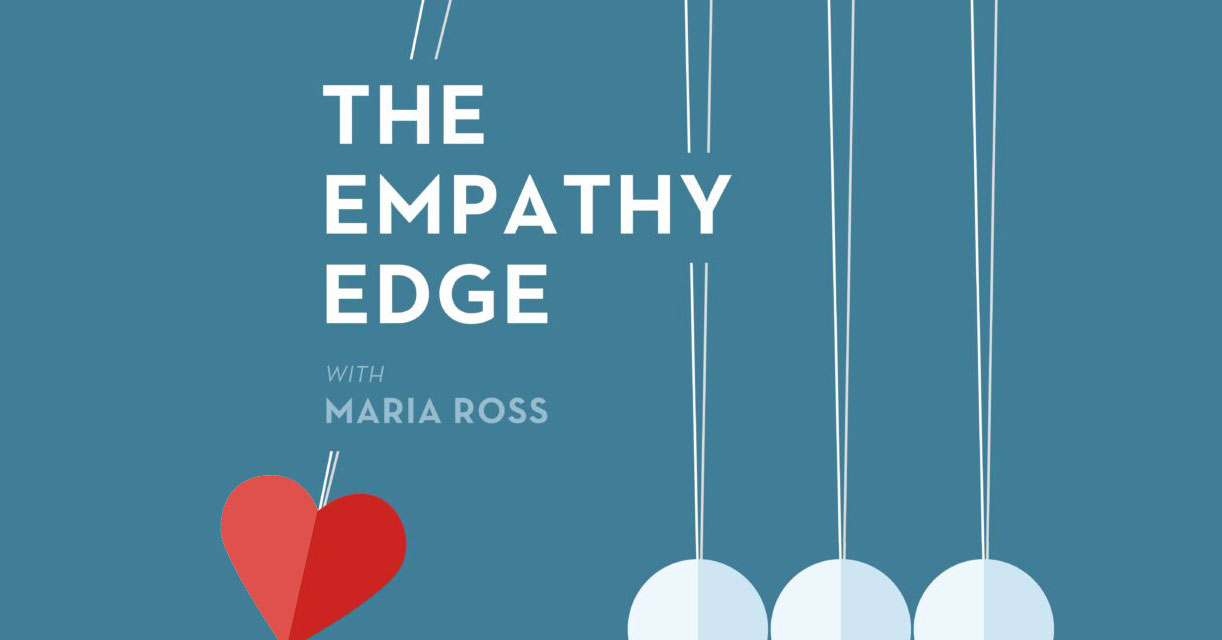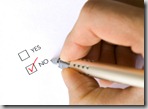Last night, a therapist specializing in women and families told me girls as young as 8 years-old are dieting. That’s right….8. When I was that age, I was worried about completing my Strawberry Shortcake doll set.
What the hell is happening?!
In the last few months, I’ve had my eyes opened to how the “brand” of women is represented in our world and it’s caused me some concern. It’s my belief that it should cause everyone concern, whether you have little girls – or just hope for a better functioning society in general. It scares me – but I do believe we can change things.
I blog often about how brands impact our perceptions. Business brands carry both logical and emotional weight to them; for example, you shop at Walmart for the lowest prices, But you may pay more for Tiffany’s Blue Box to enchant, romance and delight. Branding is the story that is told and impacts how we relate to that company, cause or candidate.
I’ve never been a big “feminist” per se. I was turned off in college and in my twenties by what I perceived to be a movement that seems to play the victim, blame others and bash men. As I mature, I now see that while the messengers may have alientated some, the intent of the message is indeed valid.
First, I encourage you to see the documentary Miss Representation. It talks about media’s portrayal of women, femininity, sexuality and the like. One segment focused on how women politicians are talked about so offensively by the press versus male candidates – and when you see the collage of clips and sound bites, you will be shocked this stuff is being said on TV in the 21st century – it’s disgusting. Another segment discusses how women in visible positions, like journalists, are just perpetuating the sexism themselves. Female reporters sporting 3-inch heels and short skirts, female anchors wearing low cut blouses and heavy makeup, etc. FOX News seems the worst at perpetuating this trend. But even a positive role model like Katie Couric , when she looks back at old broadcasts and what she wore, laments if she unwittingly helped contribute to this trend.
Second, I saw this insighful post from my friend Bronwyn Saglimbeni over at Sharp Skirts. It’s her “5 Aha! Feminist Moments” from the recent TEDx Women conference. She talks about the time being now to embrace women’s issues because its no longer a “pet issue” and women now make up half the population. This stuff affects all of us, people! She also talks about new ways we need to celebrate “celebrity” with positive role models (which gives me a ray of hope when I get depressed about the Kardashian-infested world my nieces are growing up in).
Women’s issues are no longer about men bashing. It’s about equality, fairness and a new world order. “Around the world, old power structures are crumbling and something new is emerging,” says Bronwyn. Equality for women creates beter communities – for women AND men. Even Afghan men are finding that when there is equal education and opportunity for women, there is less violence and crime in the community at large.
In my opinion, the “brand” of women pervasive in our media and culture today – one of catfighting wealthy housewives, vapid spoiled rich girls, and shallow sexy “journalists” – needs to change to catch up with the REALITY of who women really are in our world. This is one case where the “brand identity crisis” – when the brand does not match the reality – is dangerous: I don’t feel like women in the media or entertainment worlds represent me or my intelligent, contributive and supportive female friends.
The problem is that there’s a war on two fronts: the sexualization of women physically, and the juvenilization of women mentally. Reports abound about the state of “photoshopping women” for magazine covers and H&M was recently lambasted for inserting real model heads on fake bodies for their ads. Reality TV shows women competing for husbands on The Bachelor and tearing each other’s hair out in catfights on Real Housewives. Who’s fault is all of this negative imagery? Who is demaning it? Is it women ourselves, contributing to the problem every time we thumb through an US Weekly at the nail salon to see what the Kardashian’s are up to, complain about our thighs being too big, get a Botox shot or tune into watch brides fight over wedding dresses on reality TV? Or is the men controlling many of these media outlets? I honestly can’t say for sure….
Many people (including me in the past) would say, “Lighten up! It’s just entertainment and everyone knows it’s not real.” And I get that. I confess to watching mindless TV and reading tabloid mags when I just want to escape or de-stress – it does make your own life seem like a dream! But collectively, what are we doing? Shouldn’t we start to model the behavior we want for our own young girls, so they don’t grow up thinking they will only be judged by their bodies being a perfect size 4, or that their women friends should be viewed as competitor who will only stab them in the back?
What am I saying to my 6 year old niece if she hears me complaining about my weight or sees me watching such trash on TV? What is she to think? Little eyes and ears are watching and learning from us all the time – even when we think they are not. Don’t believe me? Just ask any parent who has slammed their hand in the door, cursed, and then had to live with their 4 year old shouting that same word over and over again for the next 3 months in front of mixed company!
So what can we do? These are just some of my ideas….
- USE YOUR VOICE: See what the Miss Representation movement is doing to combat negative portrayals of women and spread articles and blogs via social media that talk about this issue.
- START AT HOME: Explain to the young girls in your life (and I mean 5, 6, 7) that models in magazines are altered and what they means. Tallk with them about the images they see and what they think and start a conversation.
- MODEL BEHAVIOR: Don’t obsess about your weight or diet in front of young girls – show them healthy eating habits and a healthy appreciation for their bodies. Doesn’t mean you shouldn’t combat obesity, but do it from a place of health not “physical perfection.”
- FIND ROLE MODELS: Find role models of women doing amazing things and set up interviews for the young girls in your life. Tell them about extraordinary women you read about in the news. Let them play with Barbie, or watch Disney princesses if they like (this was a fond part of my childhood, too) but also expose them to women in all professions. If you have a female congresswoman or senator, draft a letter with your young gal to her. If they don’t see positive role models, they won’t know what is possible.
- PRAISE MIND AND BODY: Praise girls for their talent and intellect, not just their looks. And speaking of looks, help them accept their bodies for all their unique qualities and strengths as well.
- And if you have young boys in your life? You should actually try all of the above as well.
Katie Couric said, “The media can be an instrument of change: it can maintain the status quo and reflect the views of the society or it can, hopefully, awaken people and change minds. I think it depends on who’s piloting the plane.”
What other ideas do you have to combat this negative brand image? Do you believe there is or is not a problem?Would love to hear from you in the Comments?







